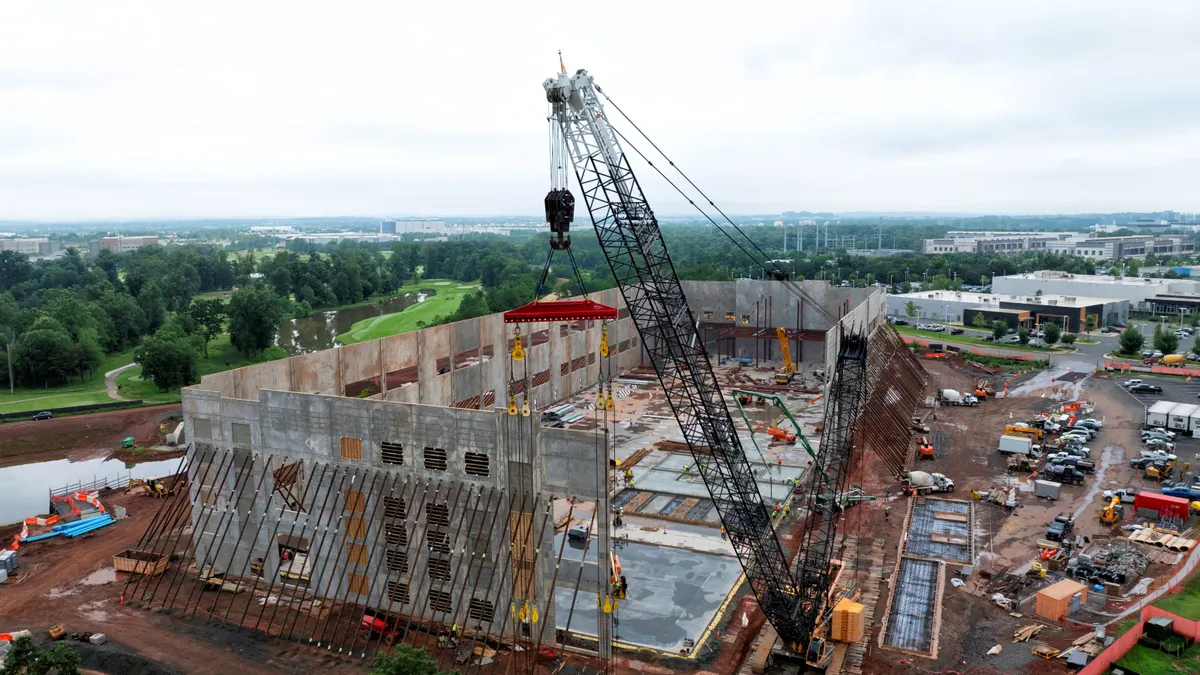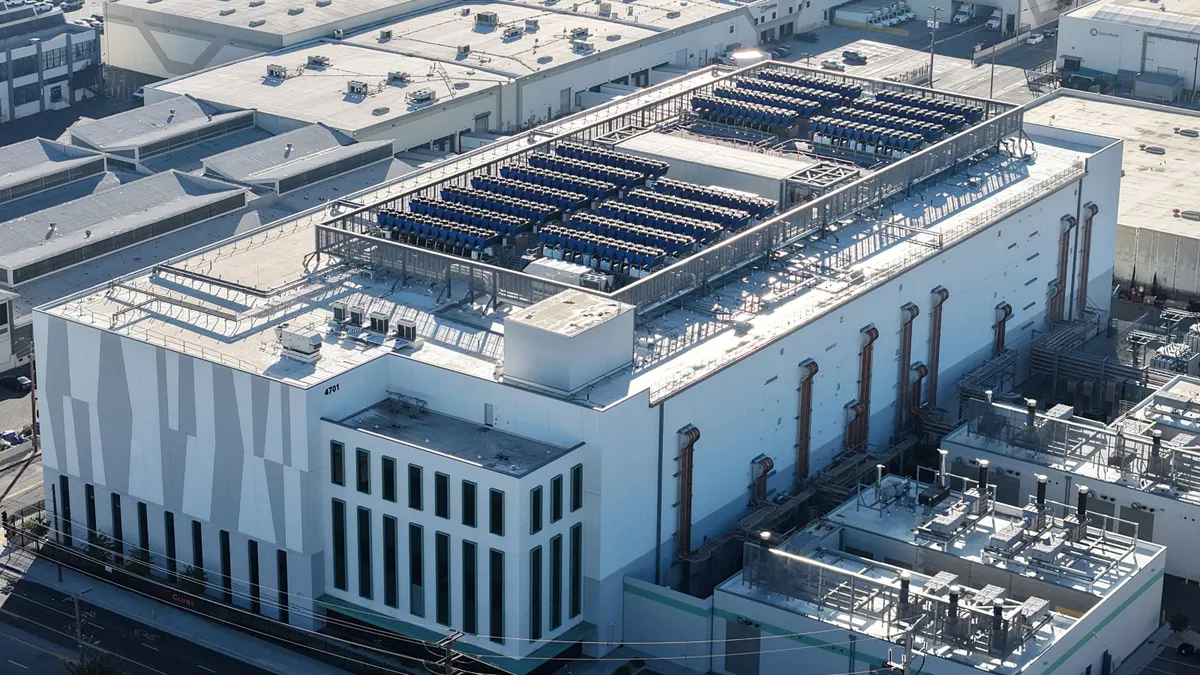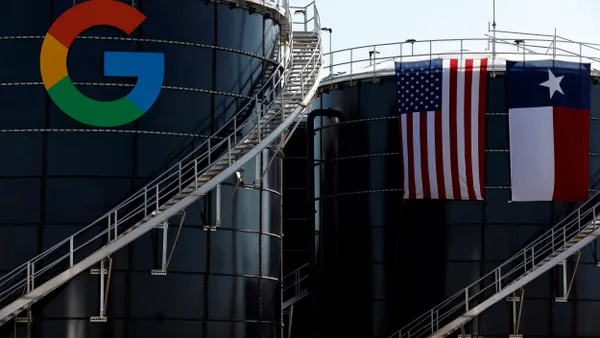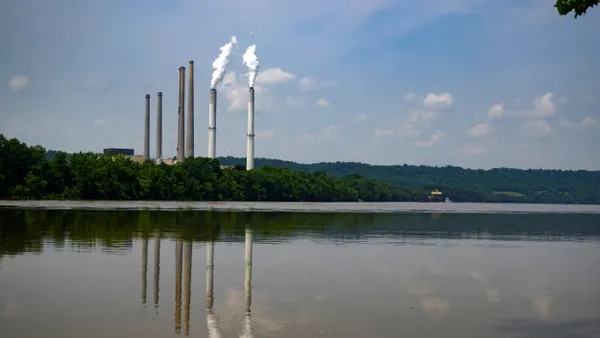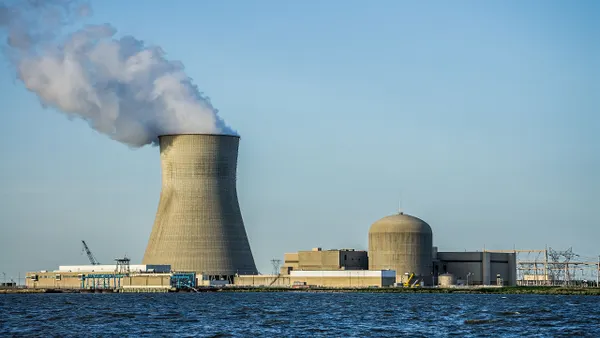Editor's Note: The following is a guest post from Jennifer James and Mike Bossom, the Director of Smart City Solutions and the Solution Lead for Smart Integrated Infrastructure at consulting firm Black & Veach, respectively.
With the United Nations’ COP21 climate talks underway in Paris, cities around the world and the utilities that serve them have a new sense of urgency driving efforts to reduce greenhouse gas emissions and slow climate change. Key to this goal of greater sustainability is the projection from the UN that by 2050, the urban portion of the world’s population is expected to increase to 66 percent, holding approximately 2.5 billion people.
How utilities embrace new approaches, or “smart” planning and service provision grounded in technology, will be crucial to meeting both the service demands of booming populations and the emissions challenges they pose. Simply put, a smart utility – aided by civic objectives of renewable integration and ubiquitous, reliable energy and communication networks – is a foundational element to a smart city.
A widely accepted definition of a “smart city” has been elusive, but a clearer picture is emerging of how new technologies are making utilities and their communities greener and more efficient. Deployments of smart meters, sensors and data analytics allow cities to change the consumption patterns of their critical infrastructure that serve both the urban core and their sprawling suburbs.
The Paris conference is expected to spotlight the outsized influence cities wield over climate. According to the UN’s projections, the highest level of urbanization will occur in North America, where an 81.5% urban population is projected by 2050. The fastest growth is occurring in lower-to-middle income cities in Asia and Africa. Megacities of 10 million or more residents are also on the rise; having tripled since 1990, they are expected to grow from today’s 28 cities to 41 by 2030. The UN has already estimated the world’s major cities account for at least 70 percent of greenhouse gas emissions.
Perfectly-timed traffic lights, advanced video surveillance and public Wi-Fi are all positive steps in the smart city revolution. But the continuous supply of energy is the heart of a city’s operations and the centerpiece of its resilience. That means advances in heating and cooling, water and communication networks – plus the automated, self-regulation of these systems via data and advanced analytics – are important tools that can save on costs and lower emissions.
Among utilities actively using data analytics, nearly half of those responding to Black & Veatch’s 2015 Strategic Directions: Smart Utility Report survey said they use dashboards that display consumption, equipment performance and other metrics. More than ever, technology offers utility operators greater understanding of their networks and how customers consume power, water, natural gas and data. Predictive analytics and adaptive planning are redefining how complex systems can be more proactively managed through rapid data and scenario analysis.
Smart initiatives that leverage advanced information and communication technologies (ICT) can flip the script on smart cities’ reputation for high upfront costs. Just as smart streetlights and ad-funded kiosks often pay for themselves, utilities and cities that use smart sensors and analytics to streamline energy, water and transit systems often achieve rapid investment returns. By viewing these investments through a value creation lens, cities can advance urban revitalization objectives by using these technologies to attract talent and new jobs. In addition, if ICT investments do double duty as resilience builders, the value extends well into the future as utilities are better able to prepare for and respond to resilience threats.
Here are some ways utilities and their communities are employing smart infrastructure to change energy consumption, overcome planning obstacles and reduce greenhouse gas emissions:
- Smart grid: Modernizing the electric grid with advanced sensing, automation, control and analytic technologies is often touted as a critical underpinning of a smart city system. In addition to sponsoring greater interactivity, efficiency and reliability, grid modernization is a key step toward improving energy efficiency and enabling effective integration of distributed and renewable energy resources. The Edison Electric Institute predicts that investor-owned utilities will spend nearly $60 billion through 2017 on grid modernization initiatives. New GHG reduction commitments announced at the Paris Climate Conference, including those by the Compact of Mayors, will also increase the pressure on municipal utilities to adopt smart grid programs.
- Building energy management: Smart sensors, software and other technologies can combine to produce actionable information that prompts consumption changes and lowers emissions. The Port of San Diego recently launched a Smart Cities demonstration project that uses real-time information to help building operators adjust energy use. Consumption patterns become actionable information that can reduce wasted energy and greenhouse gases. The project’s potential scope (the port is the landlord for 800 tenants and subtenants) may also hold lessons about smart integration’s ability to scale up for larger applications.
- Adaptive Planning: Using layers of data to create, compare and optimize complex planning decisions gives utilities and cities powerful tools to become smarter and resilient. Hawaiian Electric is using planning analytics to help make more informed decisions about its increasingly complicated service criteria, while cloud computing has made it possible to quickly process and analyze billions of records of data at the necessary level of granularity, significantly increasing HECO’s ability to plan.
- Alternative fuel vehicles: Transportation is the second largest contributor to U.S. greenhouse gas emissions behind electricity. The EPA reports transportation emissions have increased 16 percent since 1990. Alternative-vehicle adoption is growing as new longer-range options enter the market and prices decline. However, electric-vehicle charging and hydrogen-fuel station buildouts need to keep pace. Automakers such as Tesla and Toyota, and companies such as FirstElement Fuel are working to increase availability nationwide. Some utilities are also providing EV charging stations to cities and private companies. However, many cities across the U.S. aren’t considering charging or hydrogen-fuel infrastructure in current and future plans.
- Water management: Scarcity issues drive interest in smart city technologies that efficiently treat, deliver and reuse water’s finite supply. In the Midwest, a Kansas utility is using smart meters to find leaks faster, predict water demands, and optimize pumping energy. With 50,000 meters generating 1.2 million data points per day on water use, data analytics will look for patterns and anomalies around water leakage and demand. But value can still be gained from regular water meters, such as in Florida, where a utility is using their monthly meter read data and their GIS data to see spatially where their opportunities are. The data analytics is helping identify lost revenue, water theft, and informing their meter replacement program.
- Street lighting: Cities are increasingly turning to networked LED lights that provide not only energy savings but provide information about outages or other anomalies. Lights can be remotely dimmed to reduce burn, or managed by smart devices that detect traffic patterns to make sure lights are used effectively. The cities of Oslo, Norway and Los Angeles have recently launched street light projects that producing savings that top 60 percent.
- Master planning: While incremental steps are significant for cities, some municipalities are taking ambitious, holistic approaches to make their communities more efficient, green and resilient. Near San Diego, the City of Chula Vista, California, recently embarked on a citywide effort to take advantage of smart city planning. An initial phase is focused on reducing energy use in its Bayfront properties, but the long term plan centers on city-wide energy efficiency and smart devices, data analytics and software to revamp its critical infrastructure – lighting, garbage collection, Wi-Fi delivery and other city services.
Projected growth in the cities means even denser concentrations of people, economic activity and critical infrastructure. This will exacerbate already serious environmental and economic challenges such as sprawl and slums, social and income inequality, pollution and unsustainable consumption patterns.
How cities and utilities meet these tests together will go a long way toward solving the emissions challenge. Renewable portfolio standards, distributed energy resources and energy efficiency mandates all place utilities – and their deployment of new technology -- at the center of smart city transformation and, potentially, a greener world.



